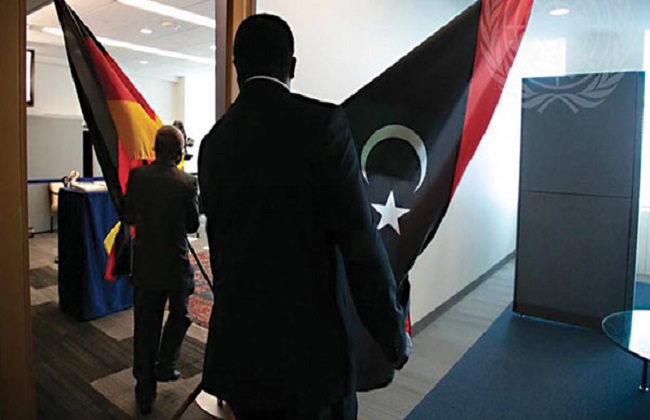
When heads of state, heads of government and top diplomats from around the globe flock to New York for high-level week beginning September 19, it marks the culmination of many months of intensive preparation for the United Nations Protocol and Liaison Service.
In addition to the general debate of the General Assembly, numerous other events with VIP participation take place at the UN headquarters and at other locations around the city that week. The Secretary-General receives visitors in rapid succession, and the same is true for the Deputy Secretary-General and the President of the General Assembly.
“Basically, our team makes sure everyone is at the right place at the right time,” says Beatrix Kania, the Chief of Protocol of the United Nations.
The Protocol and Liaison Service is part of the Department for General Assembly and Conference Management of the United Nations. Each September, the normally 12-person strong team is reinforced with volunteers from within the Secretariat and protocol experts from other duty stations around the globe.
While preparations for the General Assembly have been going on throughout the year, in August and September the headquarters start buzzing with coordination meetings for the many different events and walk-throughs with advance delegations from capitals. Flags are steamed and standing arrangement for photo-ops prepared.
To make any event a success, good cooperation across the Secretariat and with the permanent missions to the United Nations is key. “We plan every event to the last detail. But there will always be changes. Your next speaker may be held up in another meeting, a video may not start – and then you have to react quickly and find a solution.
For example, for the General Assembly, we always try to have the next two speakers already backstage in a special area which is called GA 200,” explains Kania.
Since almost all heads of delegations request a meeting with the Secretary-General, bilateral meetings take place on the 27th floor during the General Assembly. There, several VIP holding rooms, a room for a photo op, the meeting room itself as well as offices for the Secretary-General and his team allow for a seamless transition from one encounter to the next.
When VIPs and their delegations are held up or do not make it back to the headquarters in time, another visitor may have to be pulled forward. If this happens, flags need to be exchanged, other media representatives will need to be brought in to capture the photo op, and the internal UN participants in the meeting may be different.
“We maintain contact with the delegations at all times, but the traffic is pretty bad around the UN during High-Level Week. Sometimes, we see the delegation we are waiting for from the windows on the 27th floor, stuck in traffic on First Avenue and unable to come in,” says the Chief of Protocol.
In the run-up to High-Level Week, the protocol team approves thousands of grounds passes for temporary delegates from capitals and registers the members of permanent missions and observer offices – who also traditionally change in summer. Some countries send delegations which are a few hundred members strong for the events in September. Therefore, crowd control becomes an issue as well.
There are a limited number of seats in each room, so each delegation can only bring a limited number of people to each event. In cooperation with the substantive office responsible for an event and the Department for Safety and Security, the Protocol and Liaison Services distributes special access cards for most events.
The most exciting day this year will be 19 September. This is when the General Debate opens at 9 a.m. and the General Assembly Hall will be filled to the last seat. To kick things off there is a welcoming event for Heads of State and Government takes place from 8 a.m. in the ECOSOC chamber and the Northern Delegates’ Lounge.
“We have people at the curb to receive and escort our visitors and people in the room to introduce our guests to the Secretary-General, the Deputy-Secretary-General and the Chef de Cabinet. We also prepare GA 200 and attend to the VIP seating area in the General Assembly Hall,” explains Kania.
Once the meeting starts, the Secretary-General will first present his report on the work of the organization, followed by the President of the General Assembly. Since 1947, Brazil has been the first country to speak at the General Debate, traditionally followed by the President of the United States, the host country.
The opening of the general debate will be framed by two summits: On Monday, the “SDG Summit” will take place, and on Wednesday, the Secretary-General will be announcing a “Climate Ambition Summit”.
Three health-focused meetings on Wednesday, Thursday, and Friday as well as a ministerial meeting to prepare the 2024 “Summit for the Future” will bring large numbers of participants to New York this September.
With approximately 14,700 delegates, 2019 saw the highest number of participants so far, but the protocol team expects to reach a new record number in 2023.
Ian Richards is Deputy Editor, UN TODAY


